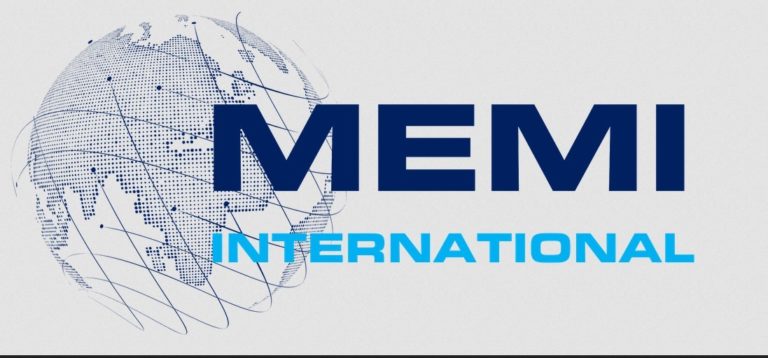MEMI International

International Multichannel Eye Movement Integration Association
In spite of ample empirical evidence supporting the efficacy of eye movement therapies in desensitizing traumatic memories, these methods have been viewed unfavorably by researchers and policy makers when compared to cognitive and behavioral methods. This has been true in spite of recent revelations from neurological studies showing that simple eye movements decrease fear activations in the amygdala. These findings have stunned the scientific world and finally dampened criticisms of eye movement methods as pseudoscience.
The notion that eye movements were responsible for limbic deactivations was thought implausible, even by proponents of these methods. Instead, loftier theories about bilateral brain hemisphere stimulation and working memory tasks were suggested as possible mechanisms for the down regulation of emotions. Studies are now producing evidence of an Occam’s razor explanation: When fear memories are installed in mice and humans, simple bilateral eye movements are enough to calm an overactive amygdala. To mangle a Clintonian adage: It’s the eye movements pudden-head!
After the first eye movement procedures were invented in 1989, several others were introduced to improve on the originals—each with its own theory of how and why its procedures were believed to be more effective. But one thing has remained constant throughout this evolution; every one of these techniques uses eye movements as the primary change mechanism.
At MEMI International we believe that trauma treatment developments should be guided by the most recent neuroscience. We are confident that research will continue to explicate the remarkable role that eye movements play in healing trauma.
Our Mission
To train and inspire professionals to provide hope and healing to trauma clients quickly, safely and permanently.
Our Vision Statement
To establish MEMI internationally as the preferred eye movement method for trauma resolution.
